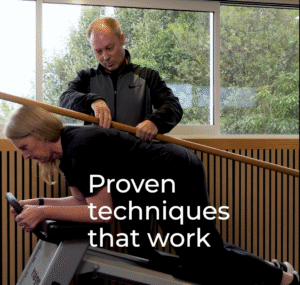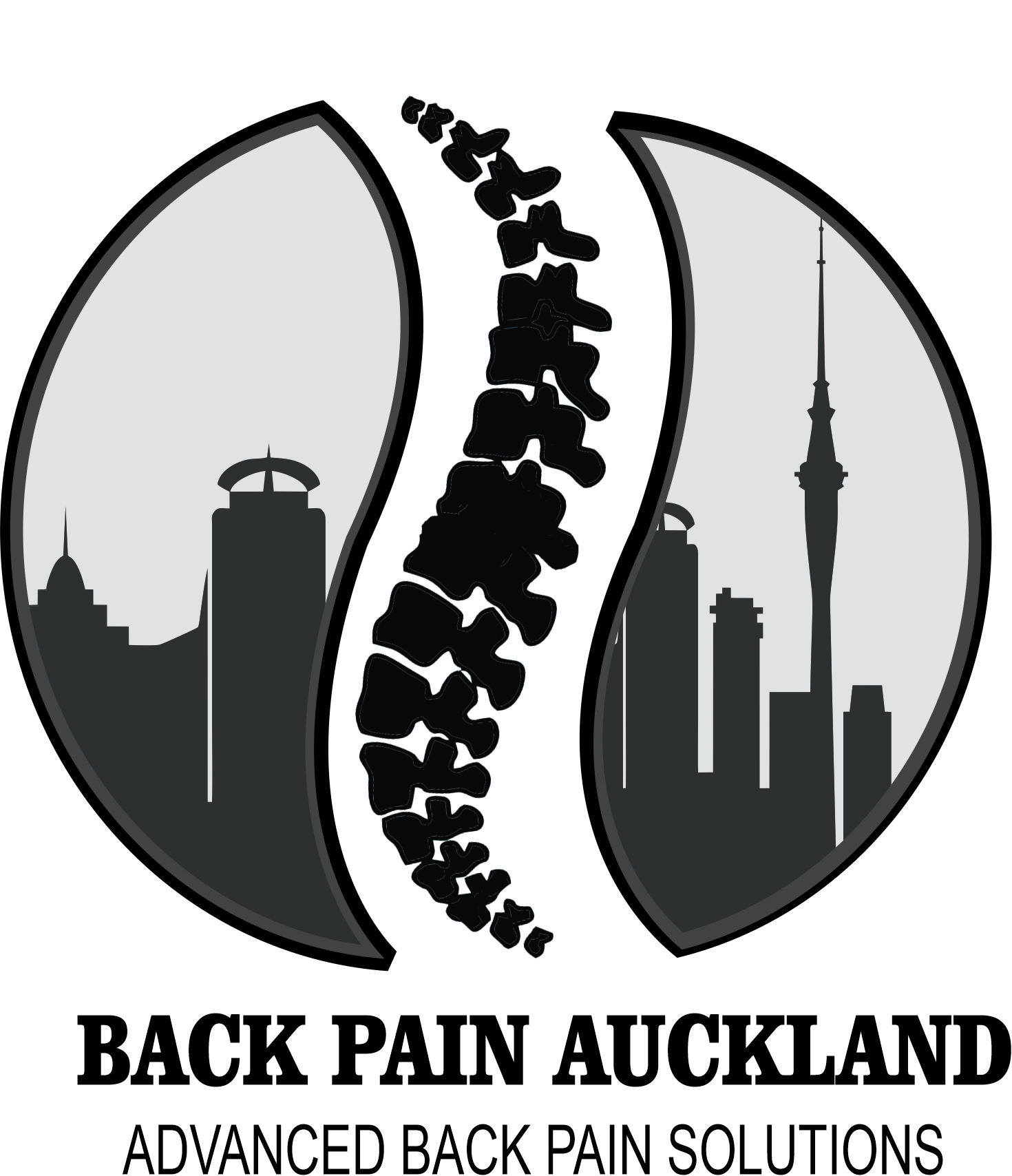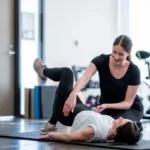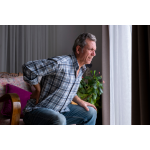If you’ve been living with persistent lower back pain, you’ve probably heard a lot of advice.
“Strengthen your core.”
“Stretch your hamstrings.”
“Try physio, chiro, massage…”
“Just rest for a while.”
The problem? Most of these “solutions” only skim the surface.
They treat the pain — not the reason it’s happening in the first place.
That’s where corrective exercise comes in. It’s not about treating symptoms. It’s about identifying the imbalances, weaknesses, and faulty movement patterns that are keeping you stuck in pain — and then retraining your body to function the way it was meant to.
If you’re wondering what that really means — and whether it can actually help with your lower back pain — this article is for you.
What is corrective exercise?

Corrective exercise is a specialised form of movement-based therapy designed to fix the root cause of pain, poor posture, or dysfunction.
It’s not about smashing out reps at the gym.
And it’s not about stretching for the sake of it.
Instead, it focuses on:
- Identifying weak or underactive muscles (often called “sleepy” muscles)
- Restoring neuromuscular control – how your brain communicates with your muscles
- Rebuilding movement efficiency – so your body moves the way it’s supposed to
- Correcting postural imbalances and poor movement habits
In many cases of lower back pain, the deep stabiliser muscles around the spine — like the multifidus, transverse abdominis, and pelvic floor — stop firing properly. When that happens, other muscles overcompensate, and movement becomes inefficient and strained.
Over time, this creates the perfect storm for recurring pain, tightness, and injury.
Corrective exercise seeks to break that cycle — starting with an in-depth movement and posture assessment, and followed by a targeted, step-by-step plan to restore proper function.
How does this relate to lower back pain?
 Lower back pain doesn’t always come from a single injury. In fact, for many people, it builds up slowly over time — especially if you:
Lower back pain doesn’t always come from a single injury. In fact, for many people, it builds up slowly over time — especially if you:
- Sit for long periods (desk workers, this means you)
- Have poor posture or muscular imbalances
- Lack core stability
- Have past injuries that haven’t fully healed
- Train hard without the right movement foundations
Corrective exercise looks at why the pain is happening — not just where it hurts.
At Back Pain Auckland, this process begins with a comprehensive 1-on-1 assessment. Shane Lyons, founder and corrective exercise specialist, tests your movement, posture, muscle function and nervous system integration.
A key part of the assessment is identifying muscles that aren’t “firing” properly. These are muscles that have become disconnected from the nervous system — often due to overuse, stress, or compensatory movement patterns. These sleepy muscles can be the hidden reason your back pain keeps returning.
Shane uses gentle muscle activation techniques to restore this connection — often providing relief and improved movement even in the first session.
Is corrective exercise the same as physio?

It’s a fair question — and the short answer is no.
Physiotherapy and corrective exercise both have their place. Physios often focus on acute injuries, soft tissue healing, and post-op rehab. Corrective exercise, on the other hand, is about retraining your body — especially when pain or dysfunction has been going on for months or years.
Corrective exercise is ideal for people with chronic or recurring back pain, or those who’ve already tried traditional treatments without lasting results.
It’s also movement-led rather than treatment-led. That means no machines, no adjustments, no passive therapy — just guided, purposeful movement that rebuilds your body’s function from the ground up.
What results can you expect?
 Corrective exercise isn’t a quick fix — but the results can be powerful and lasting when done correctly.
Corrective exercise isn’t a quick fix — but the results can be powerful and lasting when done correctly.
At Back Pain Auckland, clients often report:
- Reduced pain within the first few weeks
- Improved movement – walking, bending, twisting with more ease
- Better posture and less tension across the lower back and hips
- Stronger, more stable core muscles supporting the spine
- Confidence – less fear of flare-ups or re-injury
- Better sleep and energy – as pain no longer disrupts rest
The process is completely tailored to your body, your lifestyle, and your goals. Whether you’re an office worker, a tradie, or a retiree, the goal is to get you moving better, not just more.
Does it work for disc issues, sciatica, or other diagnoses?

In many cases, yes — as long as the approach is safe, progressive, and aligned with your condition.
At Back Pain Auckland, Shane regularly works with people who’ve been diagnosed with:
- Disc bulges and herniations
- Sciatica and nerve impingement
- SI joint dysfunction
- Scoliosis
- General lower back pain with no clear diagnosis
The key is that the programme is built around you, not your diagnosis alone. That includes working with your existing healthcare advice, pain levels, and physical capacity.
For many clients, it’s the first time someone has actually looked at how their body is moving — and helped them reconnect the dots between pain, posture, and real-life habits.
Is there science behind this?
Yes. Research increasingly supports the role of motor control training and neuromuscular re-education in treating chronic lower back pain.
While corrective exercise isn’t one-size-fits-all, the underlying principles are well-supported — and when applied properly, they can create powerful, long-term change.
What’s the first step?
 If you’re curious about whether corrective exercise is right for you, the best place to start is with a back pain assessment.
If you’re curious about whether corrective exercise is right for you, the best place to start is with a back pain assessment.
At Back Pain Auckland, this 60-minute session includes:
- Posture and movement analysis
- Muscle function testing (including nervous system “wake-up” techniques)
- A personalised corrective plan
- Time to ask questions and understand what’s really going on in your body
There’s no pressure to sign up for ongoing treatment — just clarity, insight, and a practical plan that makes sense.
If you’re tired of living around your back pain, this could be the step that finally helps you move forward.






